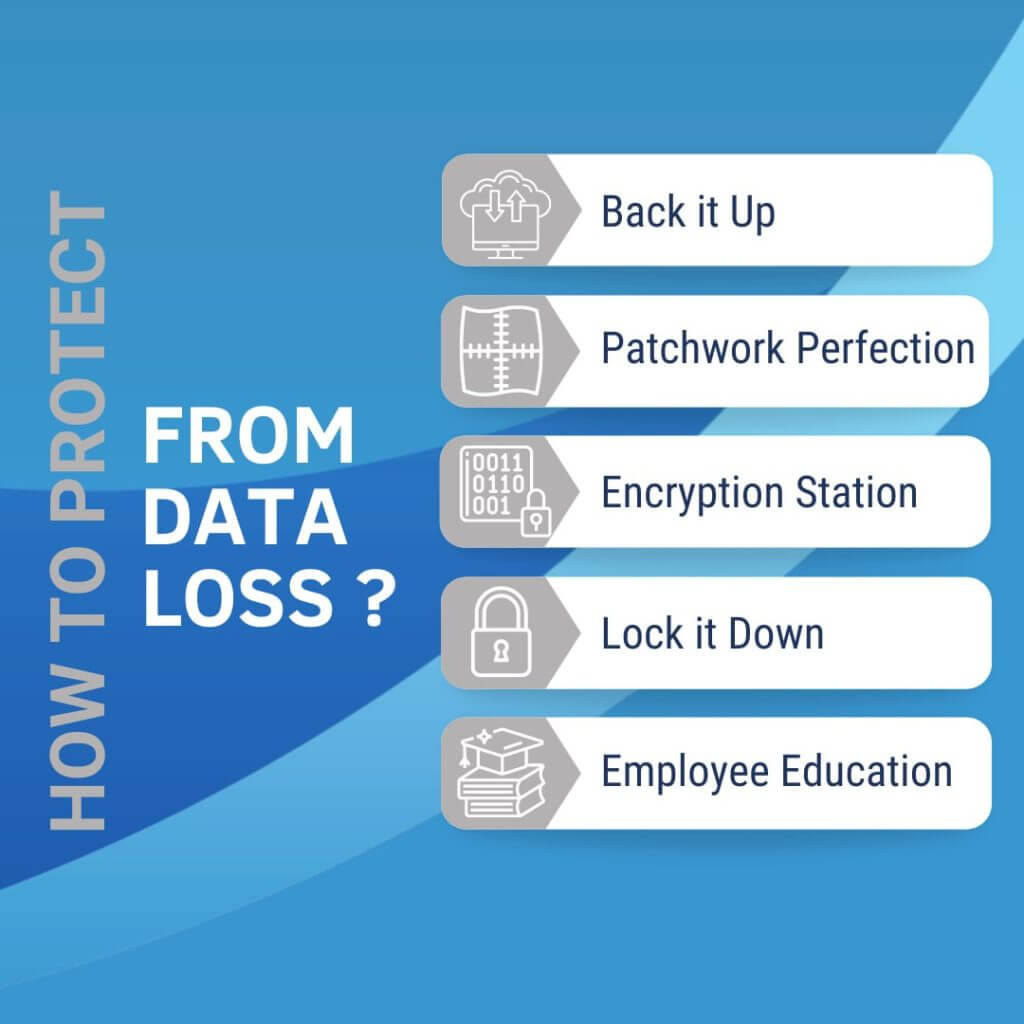Your data, our shield: trusted protection for businesses like yours.


Data protection is the safeguarding of sensitive information from unauthorised access, accidental loss, malicious attacks or corruption. It’s a critical aspect of modern business operations, ensuring data always remains safe and available to its users.
The importance of data protection for any business cannot be overstated. It serves as the foundation for securing sensitive data, complying with privacy regulations, and ultimately, safeguarding an organisation’s reputation.
A strong data protection strategy helps prevent data theft, leaks, and loss, thereby protecting the organisation from financial losses, legal liabilities, and damage to its reputation. By ensuring data privacy and security, businesses can maintain customer trust and comply with regulatory requirements, making data protection a critical aspect of business strategy and operations.
Understanding data protection laws is crucial for businesses. In Australia, the Data Protection Act (DPA) serves as the foundation, outlining rules for collecting, storing, and using personal information. However, the digital world doesn’t always follow national borders. If your business interacts with EU residents, the General Data Protection Regulation (GDPR) might apply, bringing additional requirements. Staying informed and seeking expert guidance ensures compliance and protects your reputation.



Data Security and Privacy: Measures to protect against unauthorised access and ensure privacy law compliance.
Data Availability: Accessible data for business continuity and disaster recovery.
Access Control: Limits access to authorised users, preventing unauthorised sharing.
Data Lifecycle Management: Manages data from creation to disposal for compliance and efficiency.
Encryption: Transforms readable data into encrypted formats for integrity and confidentiality.
Backup and Disaster Recovery: Copies data for restoration in case of loss or corruption.
Endpoint Protection: Secures network-connected devices against threats.
Data Erasure: Deletes outdated data securely to prevent recovery.
To prevent data loss, businesses should: encrypt sensitive data, regularly update security systems, monitor data movement, educate employees on data security, and employ modern DLP tools for efficient protection.
This is the overarching strategy covering all measures taken to safeguard your data. It encompasses various components like:
This is a specific technology within the data protection umbrella. It focuses on preventing sensitive data from unauthorised exposure or accidental leaks, like sending confidential files via email or uploading them to unsecured platforms. DLP achieves this by:
Think of the Data Protection Act Australia (DPA) as Australia’s rulebook for handling personal information responsibly. It applies to businesses and organisations collecting, storing, or using the data of individuals. It ensures transparency, protects privacy, and empowers individuals to control their information. While not strictly an “endpoint security” regulation, complying with the DPA is crucial for any business using endpoints like laptops and mobile devices to process personal data.
The DPA outlines three key principles organisations must follow:
Remember, these are just the core principles. The DPA has specific rules and exceptions depending on the data type and collection context. Consulting with data privacy experts can help ensure your compliance.
Data Loss Prevention (DLP) acts as a digital security guard for your sensitive information. It comes in three main flavours:
Choosing the right DLP solution depends on your specific needs and data security risks.
DLP, or Data Loss Prevention, is a strategy and set of tools designed to prevent unauthorised access, use, transfer, and deletion of sensitive data. It helps organisations ensure that their data remains secure, compliant with privacy laws, and protected against breaches, leaks, or unintended exposure. DLP solutions monitor and control data movement across an organisation’s network, identifying and mitigating potential data loss risks in real-time.
Think of it this way: Data protection is your comprehensive security shield, while DLP acts as a highly focused guard stationed at specific chokepoints to prevent sensitive data from escaping unintentionally.
Both DLP and data protection are crucial for businesses:
Fortress Foundation: Strong Security Controls
Multi-factor authentication: Add an extra layer of security by requiring multiple forms of verification before accessing sensitive data
Guardians of the Data: Clear Policies and Procedures
Data Minimisation: Less is More
Visibility and Control: Data Loss Prevention (DLP)
Building Trust: Transparency and Individual Rights
Continuous Vigilance: Monitoring and Risk Assessment
Remember, data protection is not a one-time fix, but an ongoing journey. By implementing these strategies and adapting to changing landscapes, you can build a strong data security posture, protect your information assets, and earn the trust of your customers and stakeholders.